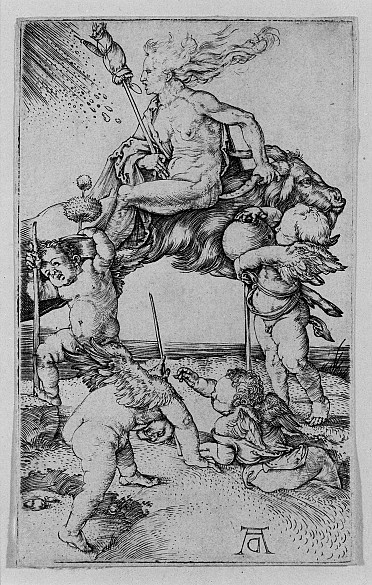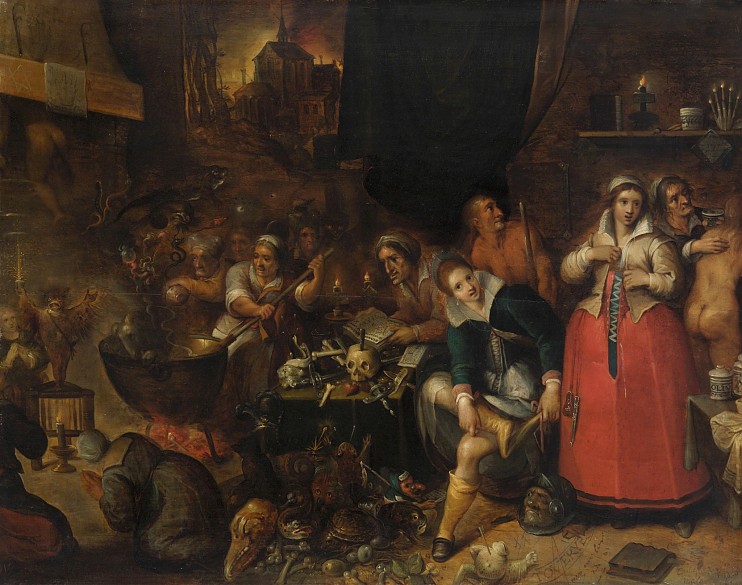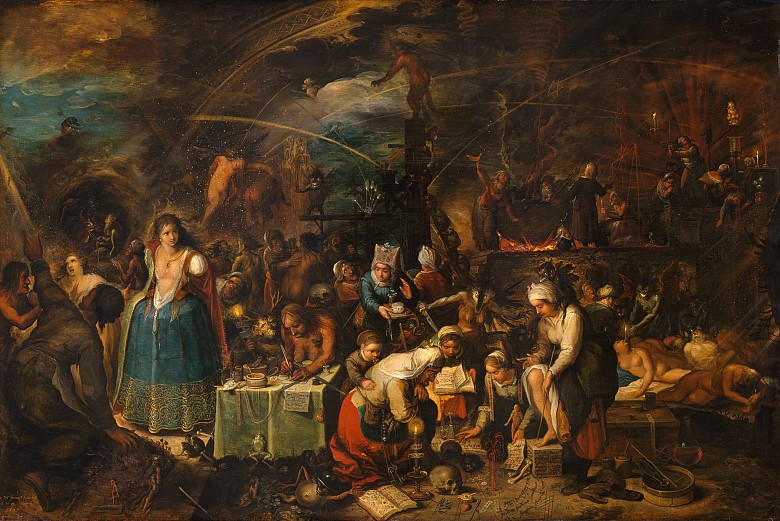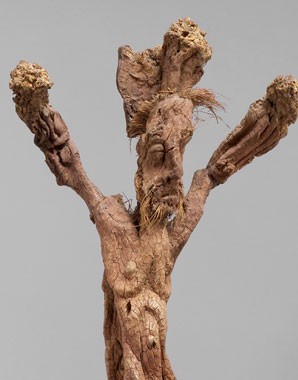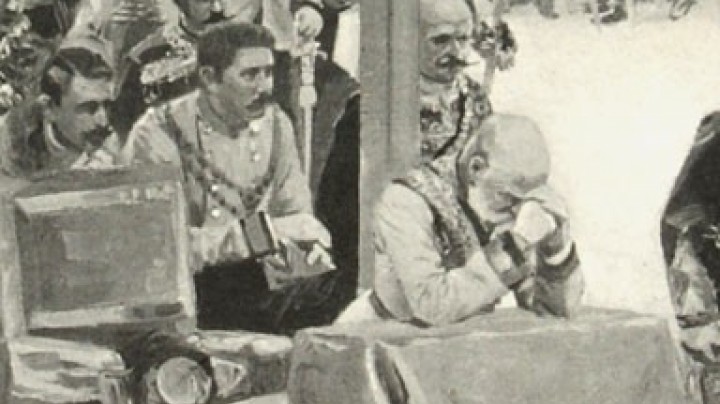In league with the devil
Witches and sorcerers were regarded as embodiments of black magic, which was practised with the aid of the devil himself. The early modern era saw the beginning of a campaign of persecution against these ‘demonic elements’.
The first witch trials took place during the late Middle Ages, but witch hunting intensified in the early modern era when witchcraft became associated with the making of pacts with the devil. Witches were said to have paranormal powers given to them by Satan, and during the time of the Counter-Reformation, they were a convenient symbol of heresy. The authorities also fomented prejudices against witches and sorcerers among the population, and channelled social and economic tension through superstition. As people were afraid of the evil powers by which they believed she could summon up destructive storms and livestock epidemics, a ‘witch’ as the origin of all evil became an effective object onto which feelings of hostility could be projected. A witch hunt usually ensued after a woman was denounced by someone from her social sphere; she herself was often a member of a marginal social group such as widows, prostitutes, vagabonds or beggars. Their alleged crimes of witchcraft ranged from the desecration of sacred objects to blasphemy and desecration of corpses. Torture, at that time a legitimate means of ascertaining the truth, ensured that the desired confession was extracted, and the person in question sentenced and punished accordingly.
The victims of this persecution tended to be women who were believed to possess special magical powers, in particular healers, herbalists and midwives.
Fewer people fell victim to witch hunts within the borders of the Habsburg Empire than in the rest of Europe. Between 1580 and 1750, according to official records around 1,500 people were executed for witchcraft in the Hereditary Lands, 1,000 in Bohemia and approximately 500 in Hungary; however, the actual figures can only remain a matter of conjecture.
